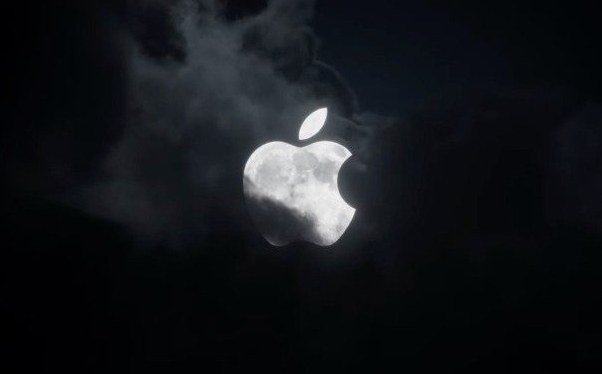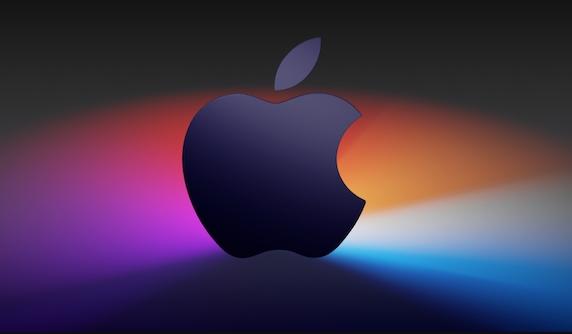The "optimized storage" function of Apple computers is on by default, but can be turned off according to requirements. Its core function is to automatically streamline iCloud photos as thumbnails and delete infrequently used apps and caches. If you just want to turn off photo optimization, you can go to "System Settings > Apple ID > iCloud > Photos", turn off "Optimize Mac Storage" and select "Stay on Mac". To completely close, including automatic uninstall of the app, go to "System Settings > General > About this machine > Storage > Management", uncheck "Optimize storage" or "Automatic uninstall of the app". Whether to close depends on the person. Offline users or manually manage files recommended to close, while mild users or small-capacity SSD devices are recommended to keep. Pay attention to keeping a copy of the photo when operating to avoid accidentally deleting the original image.

The "optimized storage" function of Apple computers is enabled by default, which can indeed save a lot of space for many people. But if you are more accustomed to managing files yourself, or want to completely control local storage content, it is actually quite easy to turn it off.

What is "optimized Mac storage"?
This is an automatic cleaning mechanism of macOS, which mainly does two things: one is to automatically streamline the photos in iCloud into thumbnails, and only download the original image when needed; the other is to automatically delete the long-term unused apps and document caches. It sounds convenient, but sometimes it makes people confused about which files really exist locally.
How to turn off optimized storage of photo sections
If you just want to turn off the photo-related optimization, you can do this:

- Open System Settings > Apple ID > iCloud
- Find "Photo", click to enter
- Turn off the "Optimize Mac Storage" option, and the system will prompt you whether to keep a copy of the photo. It is recommended to select "Keep on Mac"
In this way, your photos will no longer be automatically replaced by the system.
How to completely turn off optimized storage
If you want to turn off the entire thing, including automatically uninstalling and cleaning of infrequently used apps and documents, you have to adjust it from the iCloud settings:

- Click the Apple menu in the upper left corner → System Settings
- Go to "General" > "About the machine" under "Storage"
- Click the "Manage" button
- Find the "Optimize Storage" or "Automatic Uninstall App" options in the function list on the left, uncheck
After this step is completed, the Mac will no longer automatically delete your local applications and files.
Is this feature worth turning off?
This question varies from person to person. If you travel frequently and rely on offline use, it is safer to turn it off. But if you are a daily office worker or a light user, keeping it will allow the system to free up more space for you. Especially for devices with smaller SSD capacity, such as the 256GB MacBook Air, the optimization function is quite practical.
In addition, if you have done a lot of classification and cleaning manually, you won’t suffer any loss by closing it. After all, you don’t want the system to move your own files randomly.
Basically, that's all. The operation is not complicated, but it is easy to ignore details, such as the "Keep Copy" option in the photo settings. Many people don't pay attention to it when closing it, but the photo becomes blank and thinks it's lost.
The above is the detailed content of How to turn off Optimized Mac Storage. For more information, please follow other related articles on the PHP Chinese website!

Hot AI Tools

Undress AI Tool
Undress images for free

Undresser.AI Undress
AI-powered app for creating realistic nude photos

AI Clothes Remover
Online AI tool for removing clothes from photos.

Clothoff.io
AI clothes remover

Video Face Swap
Swap faces in any video effortlessly with our completely free AI face swap tool!

Hot Article

Hot Tools

Notepad++7.3.1
Easy-to-use and free code editor

SublimeText3 Chinese version
Chinese version, very easy to use

Zend Studio 13.0.1
Powerful PHP integrated development environment

Dreamweaver CS6
Visual web development tools

SublimeText3 Mac version
God-level code editing software (SublimeText3)

Hot Topics
 Can I Show the Dock on All Screens on Mac? Using Dock on Different Displays in macOS
Jul 03, 2025 am 09:30 AM
Can I Show the Dock on All Screens on Mac? Using Dock on Different Displays in macOS
Jul 03, 2025 am 09:30 AM
If you're using a Mac with multiple monitors, you might be curious about how to display the Dock on all screens or whether it's possible to add a Dock to secondary displays.The good news is that you can configure the Dock to appear on any screen conn
 How to Remove Old Devices from Apple ID on Mac
Jul 07, 2025 am 09:08 AM
How to Remove Old Devices from Apple ID on Mac
Jul 07, 2025 am 09:08 AM
If you've owned multiple Apple devices over the years, you might find yourself in a situation where some of those older Macs, iPhones, iPads, or other Apple hardware have been sold, given away, or traded. No matter how they left your possession, it's
 How to Play Fortnite on Mac with FnMacAssistant & Sideloadly
Jul 05, 2025 am 09:21 AM
How to Play Fortnite on Mac with FnMacAssistant & Sideloadly
Jul 05, 2025 am 09:21 AM
Fortnite is once again available for iPhone and iPad users, bringing joy to many gamers. However, there's still no official version for Mac (at least not yet). Despite that, Apple Silicon Mac owners aren’t completely out of luck—you can run the iOS/i
 How to Enable iCloud Private Relay on Mac
Jul 05, 2025 am 09:36 AM
How to Enable iCloud Private Relay on Mac
Jul 05, 2025 am 09:36 AM
iCloud Private Relay is an excellent privacy feature included with the iCloud subscription, designed to safeguard your online activity and browsing by masking your IP address (using a temporary one) and encrypting DNS lookups. This prevents third pa
 How to Allow Apps During Downtime on Mac
Jul 04, 2025 am 09:03 AM
How to Allow Apps During Downtime on Mac
Jul 04, 2025 am 09:03 AM
Are you using Screen Time to manage your or your child’s Mac usage? If yes, you likely already know that it allows you to set app limits, schedule downtime on the Mac, and more. Additionally, you can also choose specific apps that remain accessible a
 How to Make MacOS Sequoia Feel Faster: Tips to Speed Up Slow MacOS
Jul 05, 2025 am 09:28 AM
How to Make MacOS Sequoia Feel Faster: Tips to Speed Up Slow MacOS
Jul 05, 2025 am 09:28 AM
macOS Sequoia is a solid operating system that brings some impressive features like iPhone Mirroring, and while performance is excellent for many users, not everyone experiences the same level of speed. If you're finding macOS Sequoia slower than pre
 How to See All Links Shared in Messages on iPhone & iPad
Jul 05, 2025 am 09:31 AM
How to See All Links Shared in Messages on iPhone & iPad
Jul 05, 2025 am 09:31 AM
If you frequently use iMessage, then you've likely shared numerous web links in your chats — maybe an article, a video, a tweet, a song, or anything else. Locating these links later can be quite frustrating, but thankfully there's a simpler method th
 Create a MacOS Tahoe 26 Beta VM with Three Commands in Terminal Using tart
Jul 06, 2025 am 09:28 AM
Create a MacOS Tahoe 26 Beta VM with Three Commands in Terminal Using tart
Jul 06, 2025 am 09:28 AM
Advanced Mac users familiar with the command line can swiftly set up a MacOS Tahoe 26 beta virtual machine by entering a few commands into Terminal, using tart. Tart is a command-line utility for managing virtual machines and offers one of the quicke






